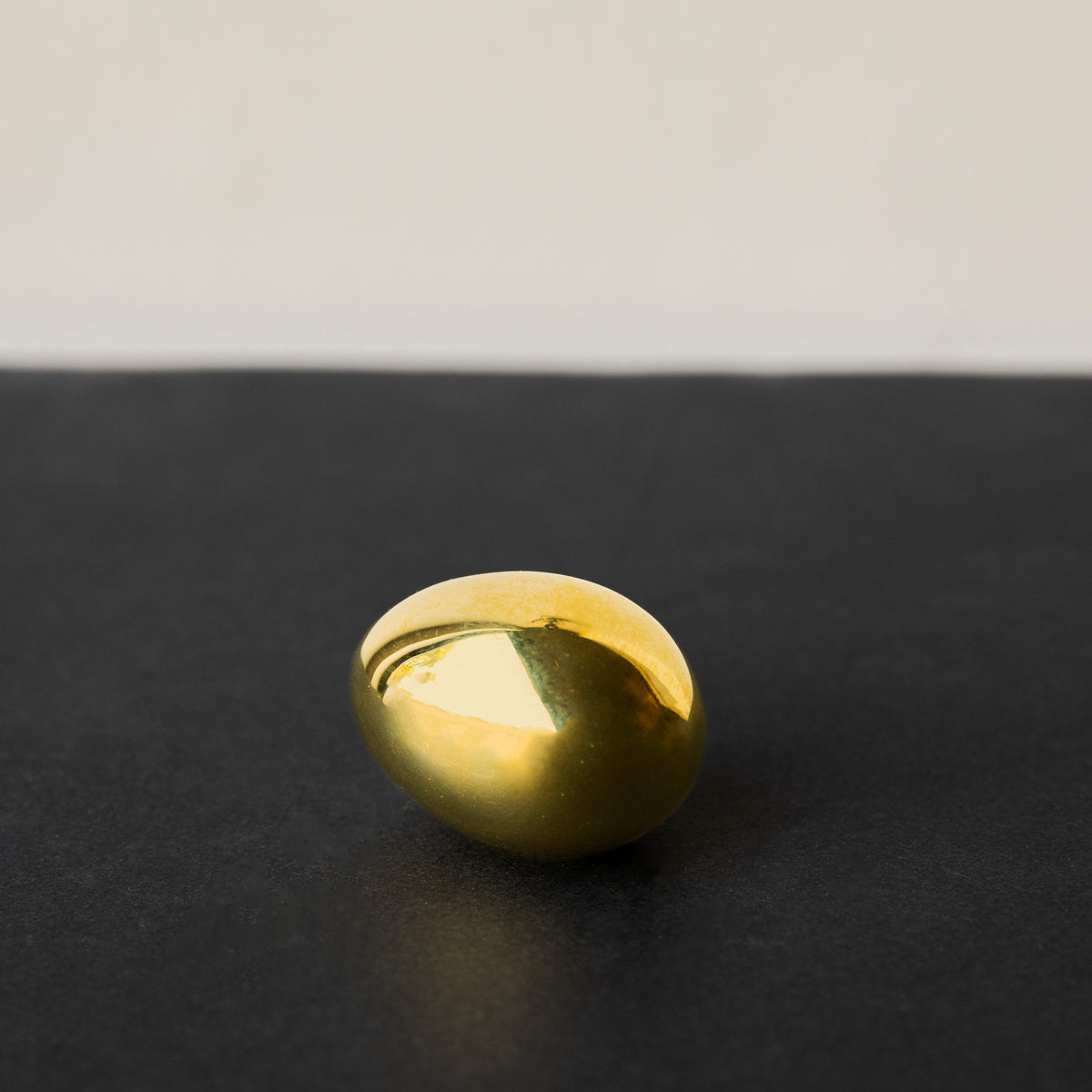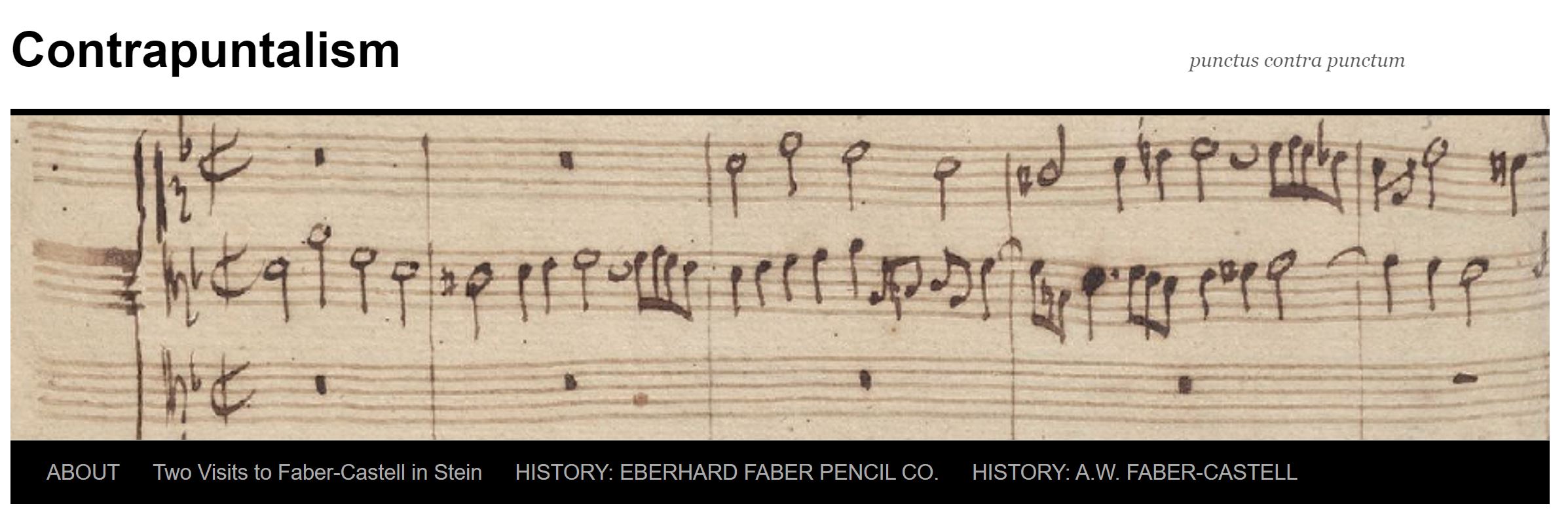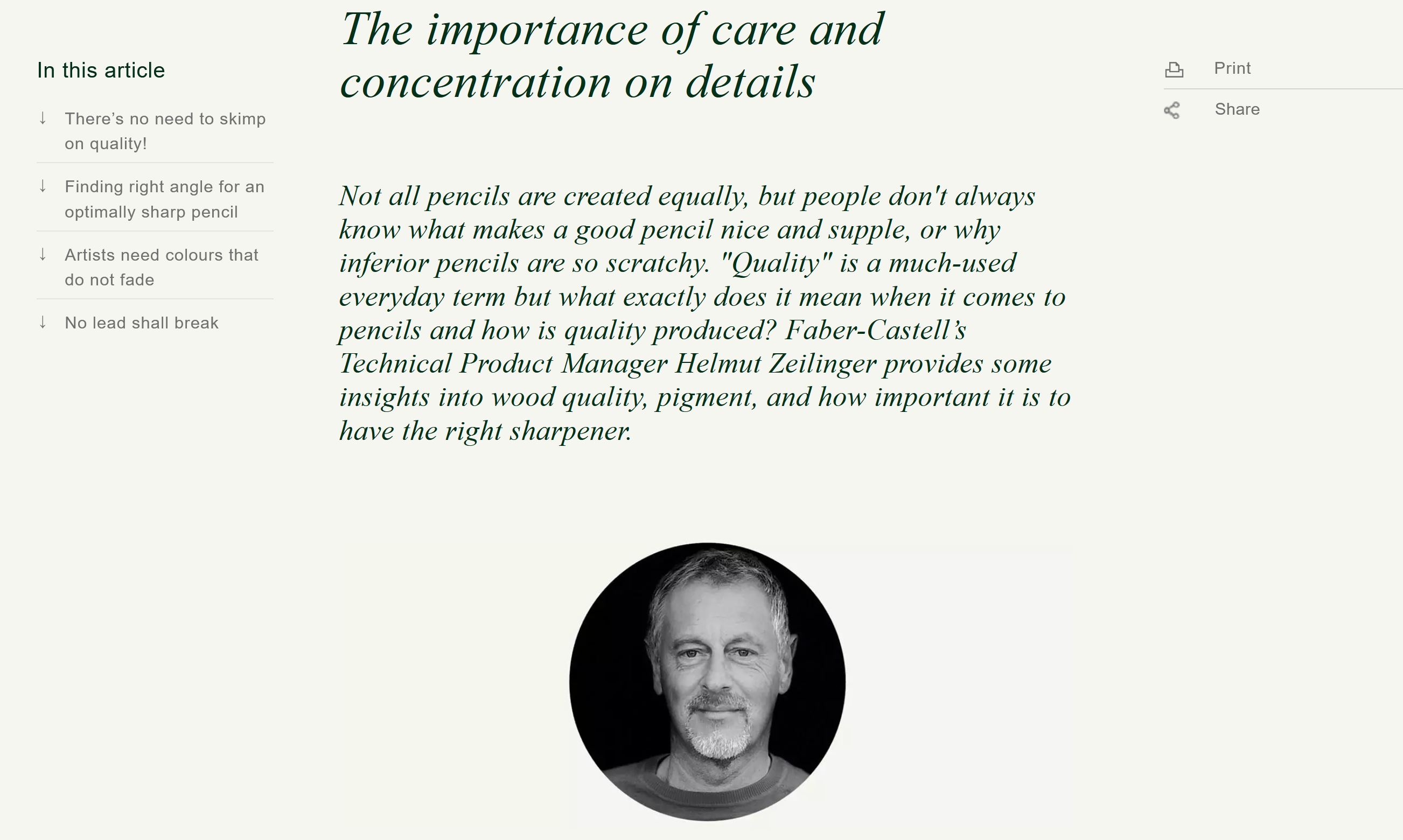“On the desk of the German architect and Bauhaus founder Walter Gropius sits a solid-brass egg.”
From Perfecting the Paperweight by Victoria Woodcock in the November 20, 2021 How To Spend It, the weekend magazine of the Financial Times.

This paperweight egg shared the desk with companion objects such as pre-Columbian artefacts given to Gropius by Frida Kahlo and Diego Rivera. The Financial Times says the desk was designed by Marcel Breuer, while Historic New England credits Gropius himself. The desk broke when shipped from Germany to the US.
The desk remains at Gropius House in Lincoln, Massachusetts. A clear photo doesn’t show an egg.

Click the image to go to the Historic New England site. (c) Historic New England
(Can you see a pencil?)
The original 1952 egg is now made by Auböck’s grandson, and available at London’s Sigmar for £170. I think that’s a pretty reasonable price for a famed design object of such provenance.

(c) Signum
The general Auböck catalogue is well worth browsing. Another stationery object – a giant paperclip – is also for sale at Mark+Fold.
Thank you to the Financial Times for illuminating this interesting stationery item.





